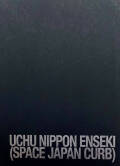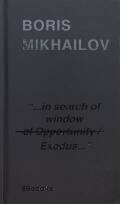El Lissitzky & Vladimir Mayakovsky - Dlia golosa (For the Voice), Gosizdat / Lutze and Vogt, 1923, Berlin
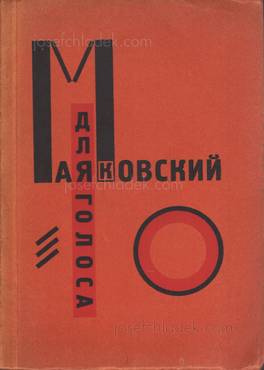
Vladimir und El Lissitzky Mayakovsky - Dlia golosa (Front)

Vladimir und El Lissitzky Mayakovsky - Dlia golosa (Spine)
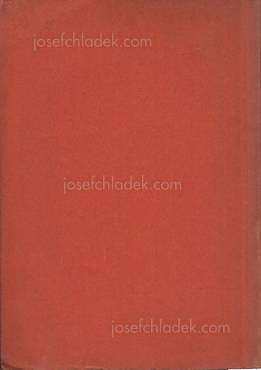
Vladimir und El Lissitzky Mayakovsky - Dlia golosa (Back)

Sample page 1 for book " Vladimir und El Lissitzky Mayakovsky – Dlia golosa", josefchladek.com
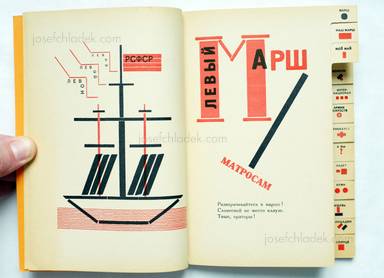
Sample page 2 for book " Vladimir und El Lissitzky Mayakovsky – Dlia golosa", josefchladek.com
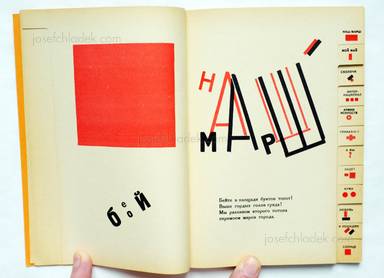
Sample page 3 for book " Vladimir und El Lissitzky Mayakovsky – Dlia golosa", josefchladek.com
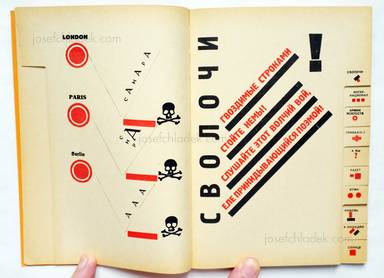
Sample page 4 for book " Vladimir und El Lissitzky Mayakovsky – Dlia golosa", josefchladek.com
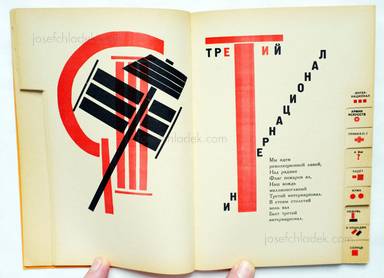
Sample page 5 for book " Vladimir und El Lissitzky Mayakovsky – Dlia golosa", josefchladek.com

Sample page 6 for book " Vladimir und El Lissitzky Mayakovsky – Dlia golosa", josefchladek.com
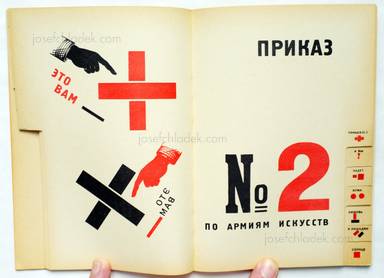
Sample page 7 for book " Vladimir und El Lissitzky Mayakovsky – Dlia golosa", josefchladek.com
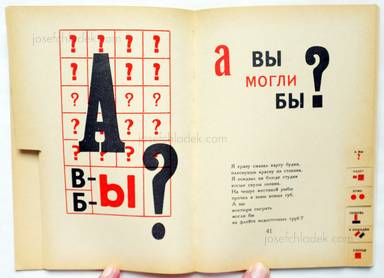
Sample page 8 for book " Vladimir und El Lissitzky Mayakovsky – Dlia golosa", josefchladek.com
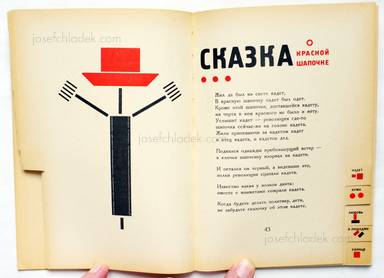
Sample page 9 for book " Vladimir und El Lissitzky Mayakovsky – Dlia golosa", josefchladek.com

Sample page 10 for book " Vladimir und El Lissitzky Mayakovsky – Dlia golosa", josefchladek.com
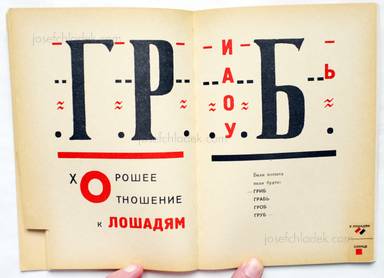
Sample page 11 for book " Vladimir und El Lissitzky Mayakovsky – Dlia golosa", josefchladek.com
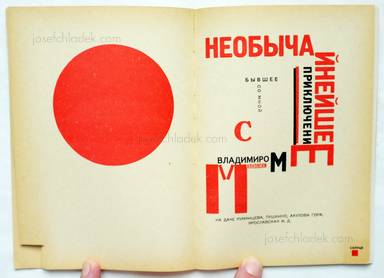
Sample page 12 for book " Vladimir und El Lissitzky Mayakovsky – Dlia golosa", josefchladek.com
Other books by Vladimir und El Lissitzky Mayakovsky (see all)
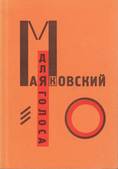
Other books tagged Typography (see all)

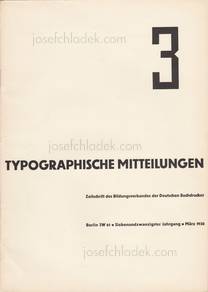







Other books tagged Constructivism (see all)


Other books tagged Russian (see all)
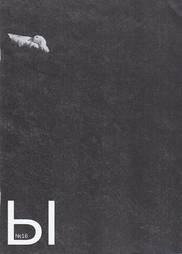





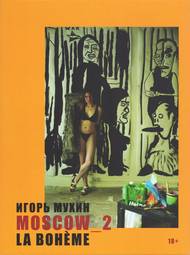


Books to shop at placartphoto.com
Softcover.
Design elements such as an alphabetical thumb-index make this one of the most significant experiments with typography and book design from the period. Dlya Golosa consists of 13 of Mayakovsky's most popular poems, including Left March, Love, and The Third International, published together in an edition intended specifically to be read aloud.
Guided by the belief that the most effective means of conveying a message was through the modern methods of typography, and convinced of the need to create a style in which art and the word would be intertwined, Lissitzky committed himself to the cause. The main philosophies which he upheld were that "concepts should be expressed with the greatest economy - optically not phonetically," and that "the layout of the text on the page must reflect the rhythm of the content." The most successful of his early endeavors is "For the Voice," generally acknowledged to be Lissitzky's "masterpiece of modern typography." In discussing his work on the project, Lissitzky explained: "My pages stand in much the same relation to the poems as an accompanying piano to a violin. Just as the poet in his poem unites concept and sound, I have tried to create an equivalent unity using the poem and the typography." (Howard Schickler)
Pages: 61
Place: Berlin
Year: 1923
Publisher: Gosizdat / Lutze and Vogt
Size: 13 x 19 cm (approx.)





















